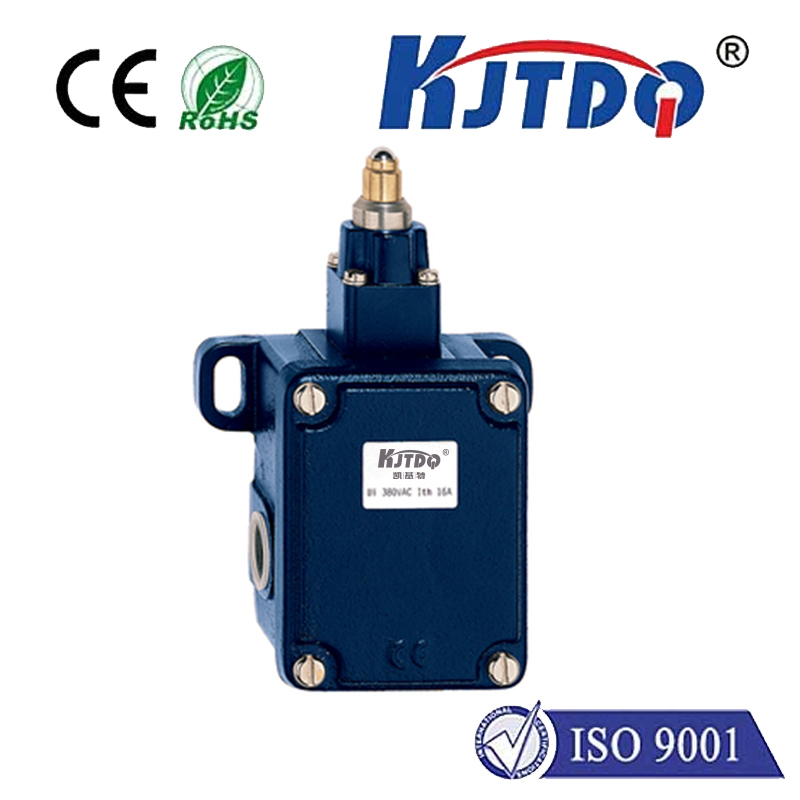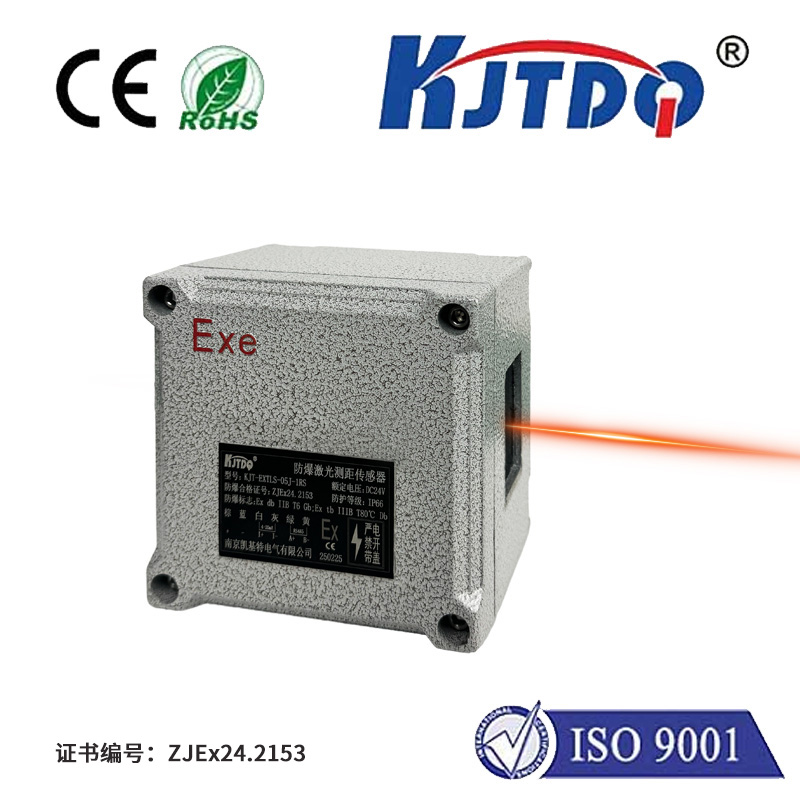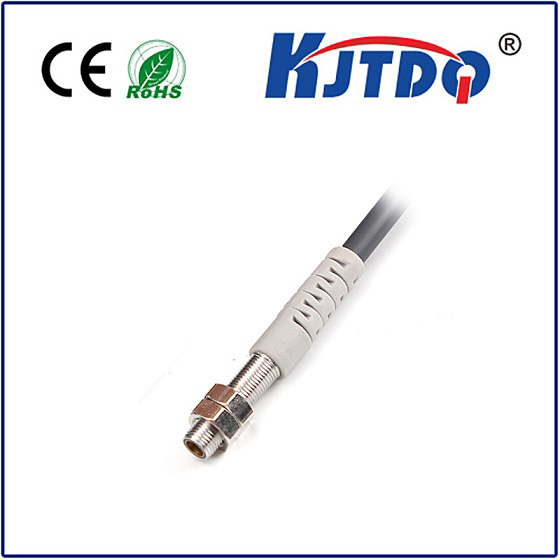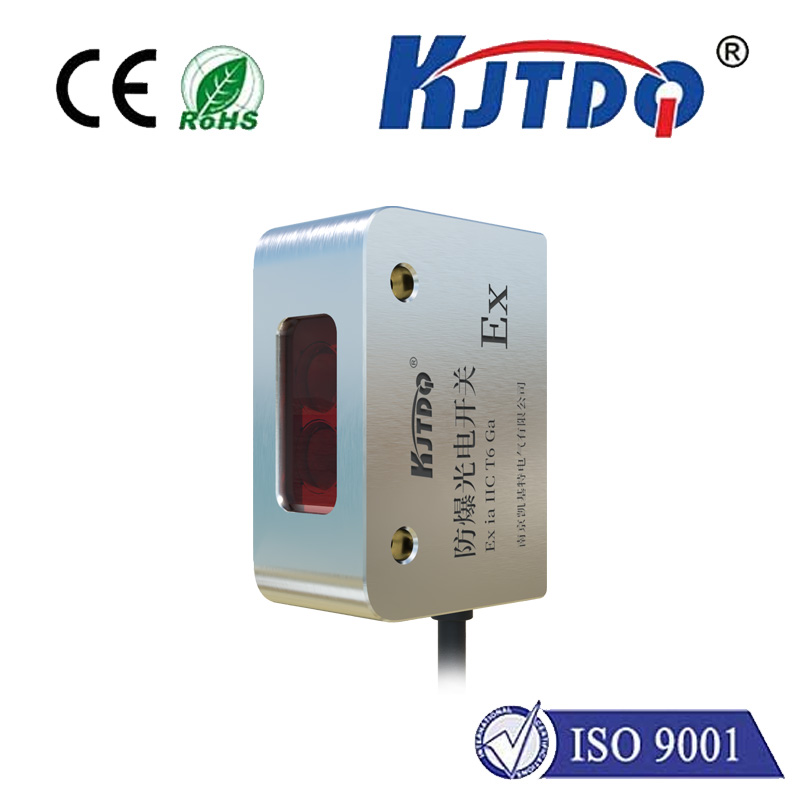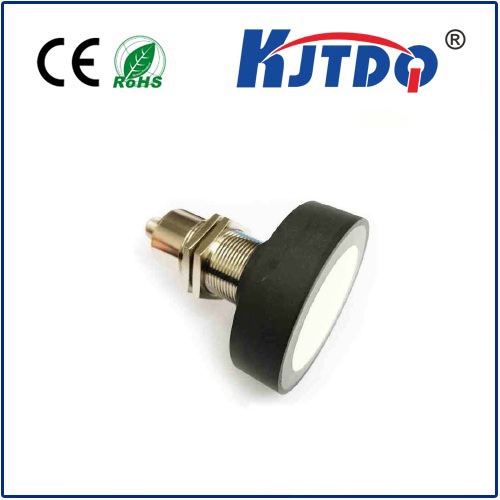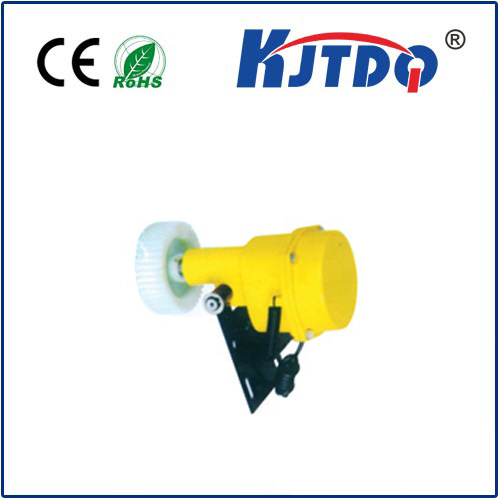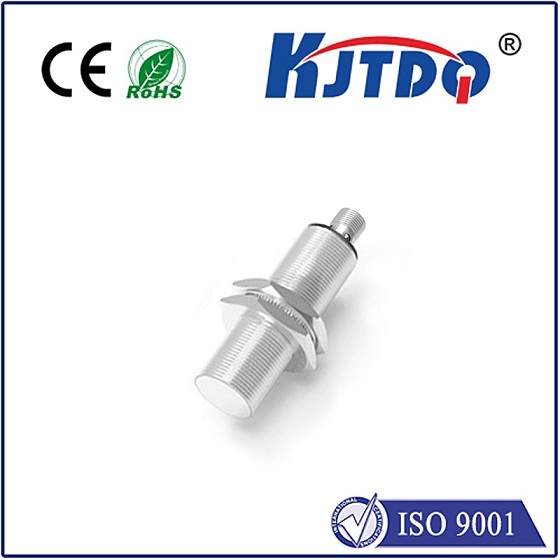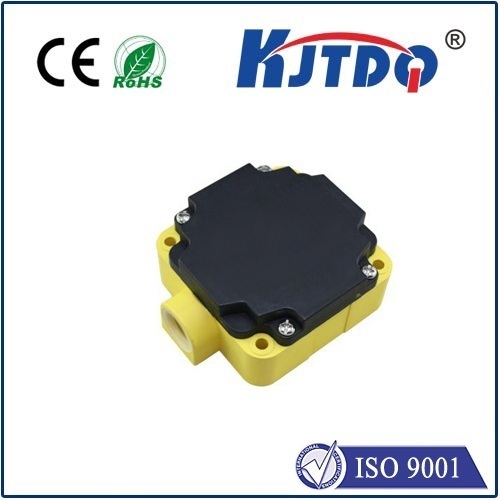E3T-ST14-M1TJ 0.3M fiber optic photoelectric sensor
- time:2025-09-27 01:41:50
- Нажмите:0
E3T-ST14-M1TJ 0.3M: Unlocking Precision in Tight, Demanding Spaces with Fiber Optic Sensing
Imagine a critical assembly line bottling pharmaceutical vials, where contamination is unthinkable, or an automated system placing delicate electronic components onto densely packed PCBs, where space is at an absolute premium. Traditional sensors often falter here – too bulky, susceptible to interference, or simply unable to deliver the pinpoint accuracy required within a constrained 300-millimeter window. This is precisely where the E3T-ST14-M1TJ 0.3M fiber optic photoelectric sensor shines, offering a masterclass in miniaturization, precision, and resilience.
Fiber optic photoelectric sensors represent a specialized branch of sensing technology. Unlike conventional sensors with integrated electronics housed in a single unit, fiber optic sensors separate the light emitter/receiver (the amplifier unit) from the actual sensing point via flexible fiber optic cables. This fundamental architecture grants them unique superpowers, especially in environments hostile to other sensors or where space is incredibly limited. The E3T-ST14-M1TJ 0.3M is a stellar example of this technology optimized for a specific, yet crucial, short-range application.
Conquering Challenging Environments: The Core Fiber Optic Advantage
The magic of fiber optic sensors lies in their inherent design:
- Immunity to EMI/RFI: Electrical noise from motors, drives, and welding equipment wreaks havoc on standard sensors. Since only light travels through the fibers, the E3T-ST14-M1TJ is virtually unaffected, ensuring reliable operation amidst heavy electromagnetic interference.
- Operation in Extreme Conditions: The sensing point (the tip of the fiber) can be crafted from robust materials like stainless steel or specialized polymers. This allows the E3T-ST14-M1TJ’s sensing head to operate reliably in high-temperature zones, corrosive atmospheres, or areas subject to aggressive chemical splashes where conventional electronics would fail.
- Microscopic Sensing Points: The incredibly small size of the fiber optic probe enables detection in spaces where no other sensor could physically fit – inside tiny mechanisms, between narrowly spaced components, or through minute apertures.
- Isolation Capabilities: The physical separation allows the rugged sensing head to be placed directly in the hazard zone, while the vulnerable amplifier unit can be safely mounted in a remote, clean, and accessible control panel location.
The E3T-ST14-M1TJ 0.3M: Precision Engineered for Short-Range Detection

This specific model is meticulously designed for applications demanding high accuracy over a short distance. Let’s decode the key aspects:
- E3T-ST14: This identifies the sensor family and the amplifier type it connects to (Omron’s E3X-DA-S series).
- M1TJ: This suffix reveals critical characteristics:
- M: Indicates the sensing method is Diffuse-reflective. The sensor emits light from its fiber, and detection occurs when a sufficient amount of that light is reflected back from the target object to the receiver fiber.
- 1: Specifies the fiber head shape – a separate emitter and receiver configuration. This “separate” type typically offers better stability and resistance to target color variations than a “combined” head over short distances.
- TJ: Details the fiber head material and specifications. “T” often signifies a sensing head made of PPS thermoplastic resin (offering good chemical resistance), and “J” frequently indicates a ceramic ferrule at the fiber tip. This ceramic ferrule is crucial for dust resistance and durability, especially important in grimy industrial settings where buildup could obscure the lens.
- 0.3M: This clearly denotes the standard sensing distance is 0.3 meters (300 millimeters). This short-range optimization ensures high sensitivity and stability for detecting small objects or precise positions within this specific window.
Where the E3T-ST14-M1TJ 0.3M Excels: Real-World Applications
The combination of its fiber optic resilience, separate diffuse-reflective method, 0.3M range, and dust-resistant ceramic ferrule makes this sensor ideal for:
- Precision Parts Detection: Detecting tiny electronic components (chips, capacitors), miniature fasteners, or delicate medical device parts on high-speed assembly lines or feeders within the 300mm range.
- Level Control in Small Containers: Monitoring fill levels of chemicals, adhesives, or pharmaceuticals in small tanks, vials, or tubing where proximity and chemical exposure are challenges.
- Web & Film Processing: Tracking the edge or presence of thin films, foils, textiles, or paper webs on narrow-path machinery, especially in environments with dust or mist.
- Robotic Arm Tooling Verification: Confirming the presence or correct pick-up of small parts by a gripper head within the robot’s confined workspace.
- Presence/Absence in Compact Machinery: Ensuring small parts are correctly loaded into fixtures or jigs before machining or assembly processes commence.
- PCB Assembly Verification: Checking for the presence of components, solder paste deposits, or fiducial marks on densely populated circuit boards during manufacturing.
Performance Features Enabling Reliability
Beyond its core specifications, the E3T-ST14-M1TJ leverages its fiber optic design for robust performance:
- High-Speed Response: Fiber optic sensors, including this model, are capable of extremely fast response times, easily keeping pace with modern high-throughput automation.
- Stability: The separate emitter/receiver diffuse method provides better resistance to variations in target color and surface finish compared to some combined-head diffuse sensors over its 0.3m range.
- Adjustability: Fine-tuning of sensitivity is performed at the amplifier unit (E3X-DA-S), allowing for optimization to detect challenging targets or ignore background interference.
- Долговечность: The PPS head housing and ceramic ferrule significantly enhance resistance to dust accumulation, minor impacts, and chemical exposure encountered daily on the factory floor.
Integrating the Fiber Optic Advantage
Installing the E3T-ST14-M1TJ requires pairing it with a compatible fiber optic amplifier unit, such as the Omron E3X-DA-S. This amplifier provides the power, light source (typically visible red LED for ease of alignment), signal processing, and output switching (NPN or PNP transistor outputs). The M8 connector on the fiber cable plugs directly into the amplifier. Crucially, the amplifier can be mounted conveniently in a control cabinet, away from the harsh environment where the sensing head operates.
The Clear Choice for Constrained, Critical Sensing
When your application demands pinpoint detection within 0.3 meters, operates in a space where only the smallest sensor will fit, or battles against EMI, heat, chemicals, or dust, conventional photoelectric sensors often struggle. The E3T-ST14-M1TJ 0.3M fiber optic photoelectric sensor, with its robust PPS housing, dust-defying ceramic ferrule, EMI immunity, and precision separate diffuse-reflective sensing, provides an exceptionally reliable solution. It transforms challenging detection scenarios within confined spaces into reliable processes, ensuring consistent quality, maximizing uptime, and safeguarding sensitive environments. For short-range sensing where size and resilience are non-negotiable, this specialized fiber optic sensor delivers unparalleled performance.

